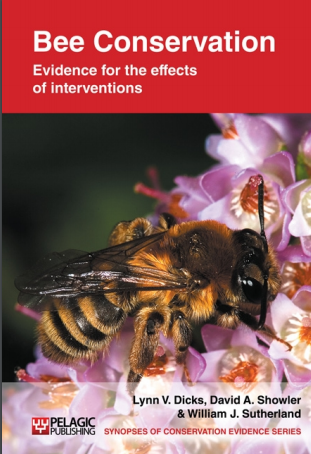Prevent escape of commercial bumblebees from greenhouses
-
Overall effectiveness category Awaiting assessment
-
Number of studies: 2
View assessment score
Hide assessment score
How is the evidence assessed?
-
Effectiveness
not assessed -
Certainty
not assessed -
Harms
not assessed
Study locations
Supporting evidence from individual studies
A small replicated trial in Ontario, Canada, (Morandin et al. 2001) showed that loss of bees from commercially managed colonies of the common eastern bumblebee Bombus impatiens in greenhouses was much lower under a type of plastic covering that transmitted ultraviolet light (wavelengths 300-350 nm) than under coverings that blocked this kind of light. Counts were taken in greenhouses in March, when outside temperatures are too low for bumblebees to survive. After 10 day observation periods in three greenhouses of each type of covering, colonies under the plastic transmitting UV had an average of 86 bees per colony remaining, while colonies under other types of plastic covering had an average of 36 bees per colony. The authors suggest bees escaped through open gutter vents, which they cannot see so easily when there is less contrast (in the ultraviolet part of the spectrum) between daylight and light coming through the greenhouse roof.
Study and other actions testedKoide et al. (2008) tested whether netting could prevent the escape of the buff-tailed bumblebee B. terrestris from four greenhouses with different netting techniques in Japan, where netting is a legal requirement for greenhouse growers using bumblebee colonies. The study showed that nets mounted on the outside of windows with packers (tubes that hold plastic film) or Vinipets (U-shaped devices) prevented bumblebee escape, providing the nets were regularly checked and maintained. Nets mounted on the inside, or on the outside with clips, allowed bees to escape. Double netting of doors, even with a plastic vestibule, also allowed bumblebees to escape, but zipped, netted entrances prevented escape as long as the entrance was weighted at the bottom.
Study and other actions tested
Where has this evidence come from?
List of journals searched by synopsis
All the journals searched for all synopses
This Action forms part of the Action Synopsis:
Bee Conservation
Bee Conservation - Published 2010
Bee Synopsis





)_2023.JPG)














